Swahili Dreaming
30 April 2019 | East Africa Travel | Nicky Fitzgerald
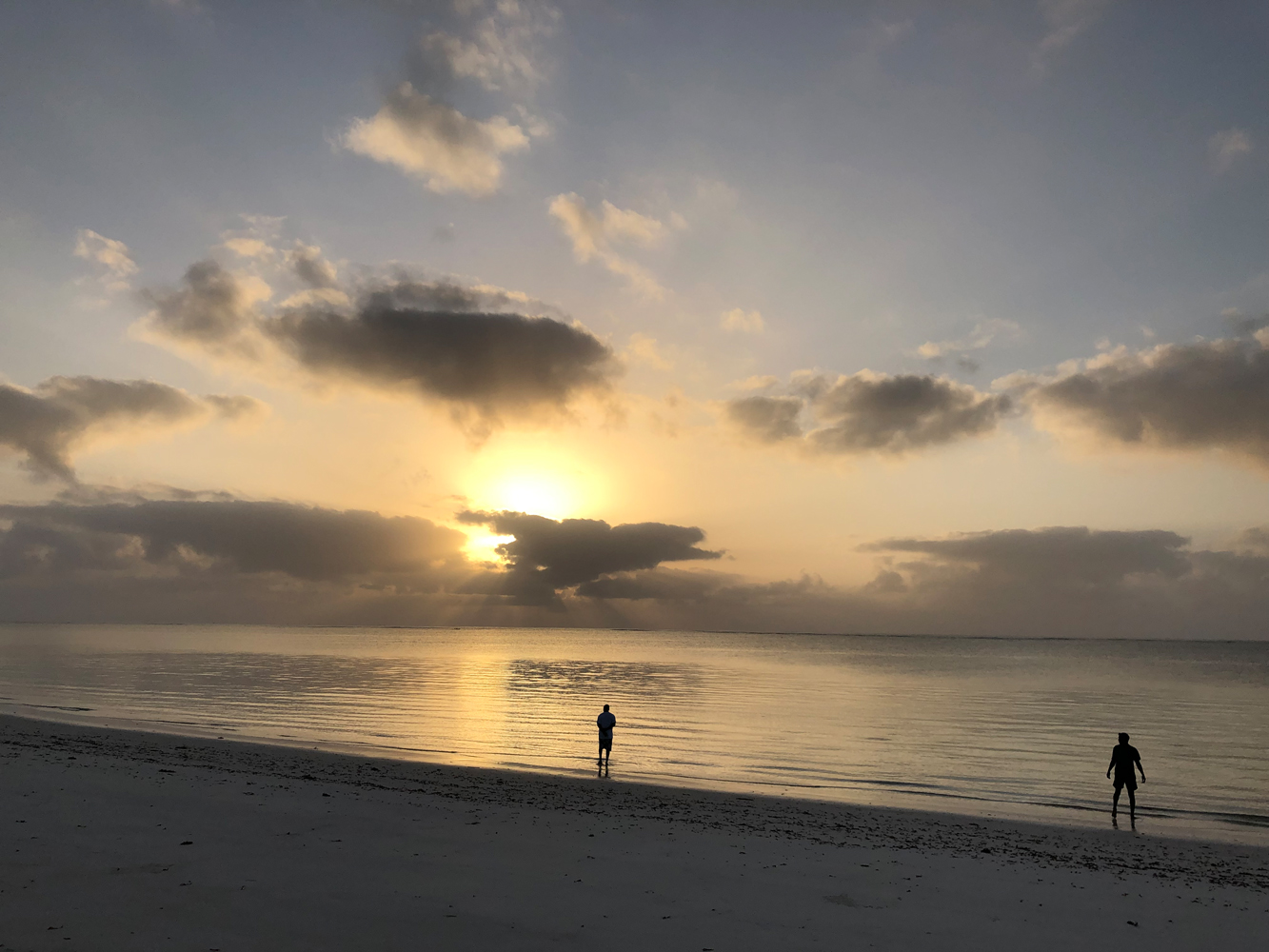
After four years of being asked the same question time and again ‘What is so special about the beaches of Kenya?’ I decided it was time to find out for myself.
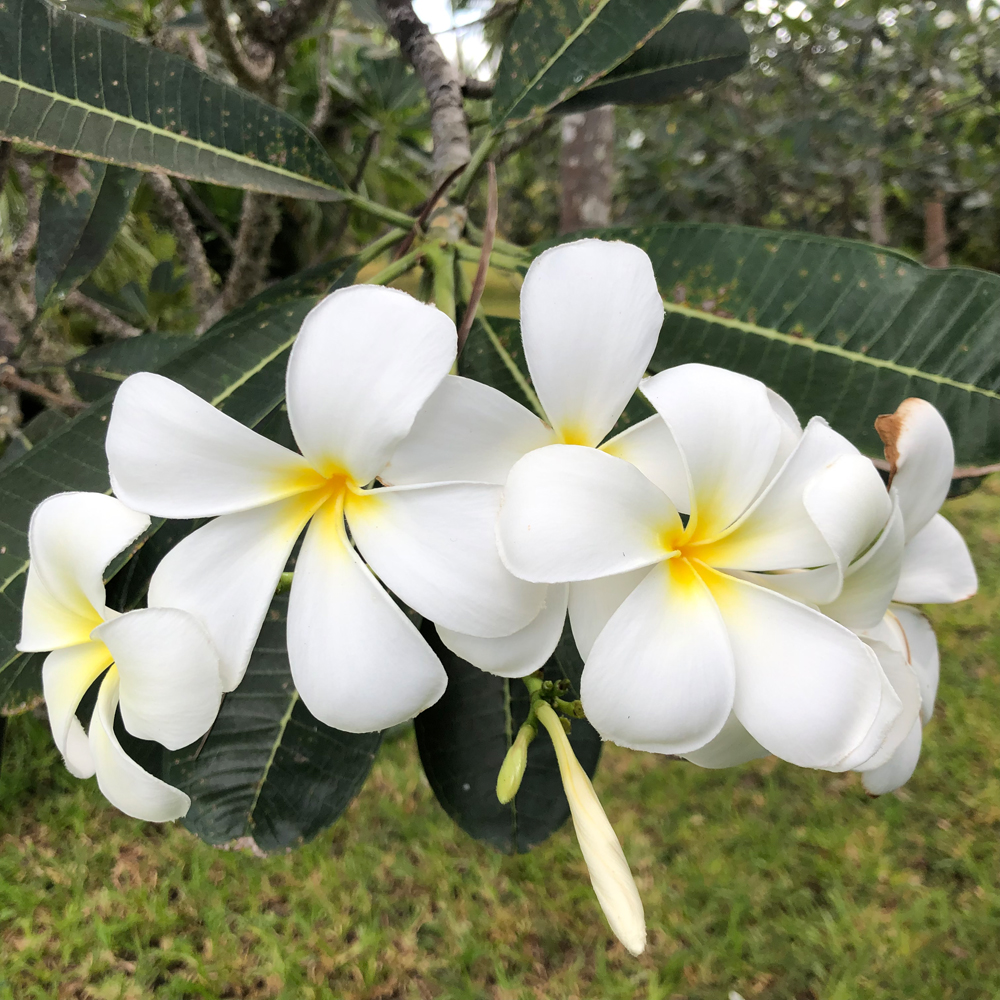
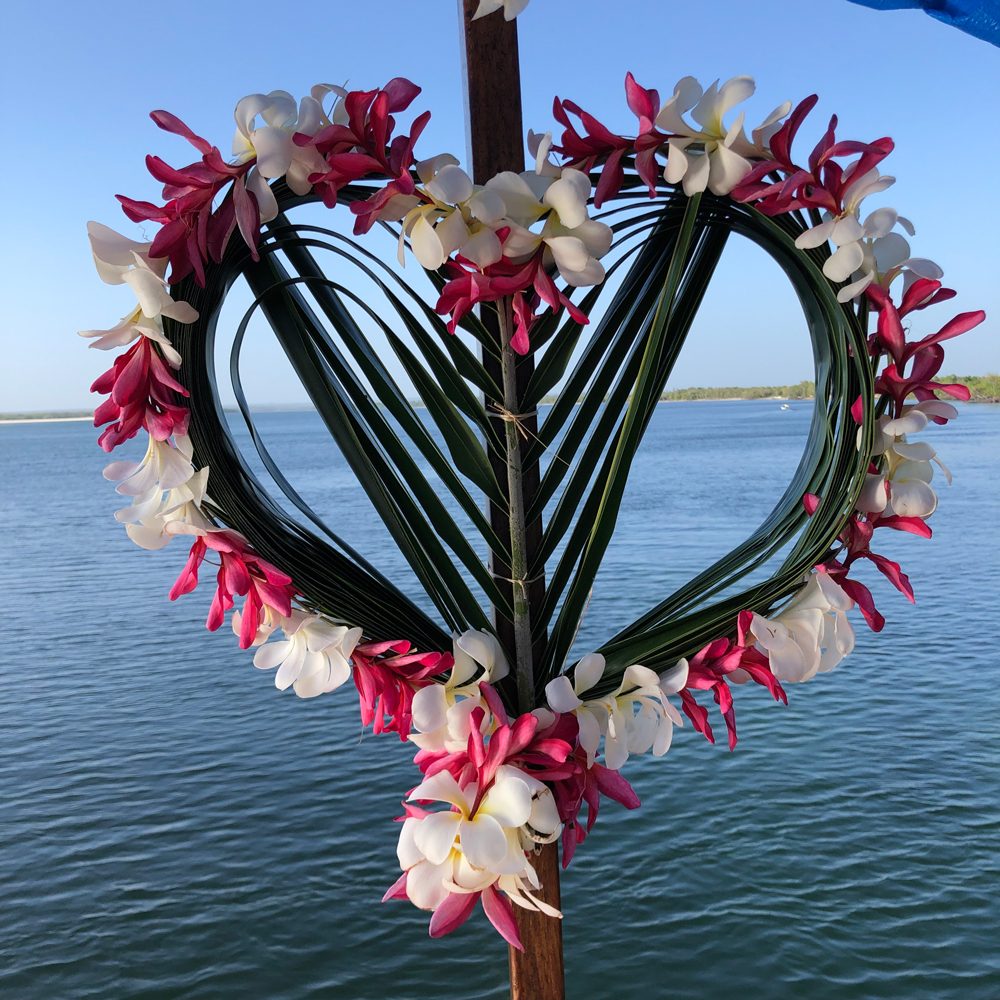
My history of the Kenyan coast dates back to Christmas of 1960 when my father drove my sister and I from Nairobi to Malindi and all I can remember is drinking warm orange Fanta straight from the bottle, eating lychees and being given a consolation prize for not drowning during a hotel-hosted swimming gala. I might have visited Mombasa a year later on a voyage from Durban to Trieste through the Suez but being only six at the time, it could well have been Mozambique Island, Zanzibar or Mombasa. I do however recall trying to smash open a fresh coconut on the floor of our cabin’s bathroom and getting into a whole heap of trouble.
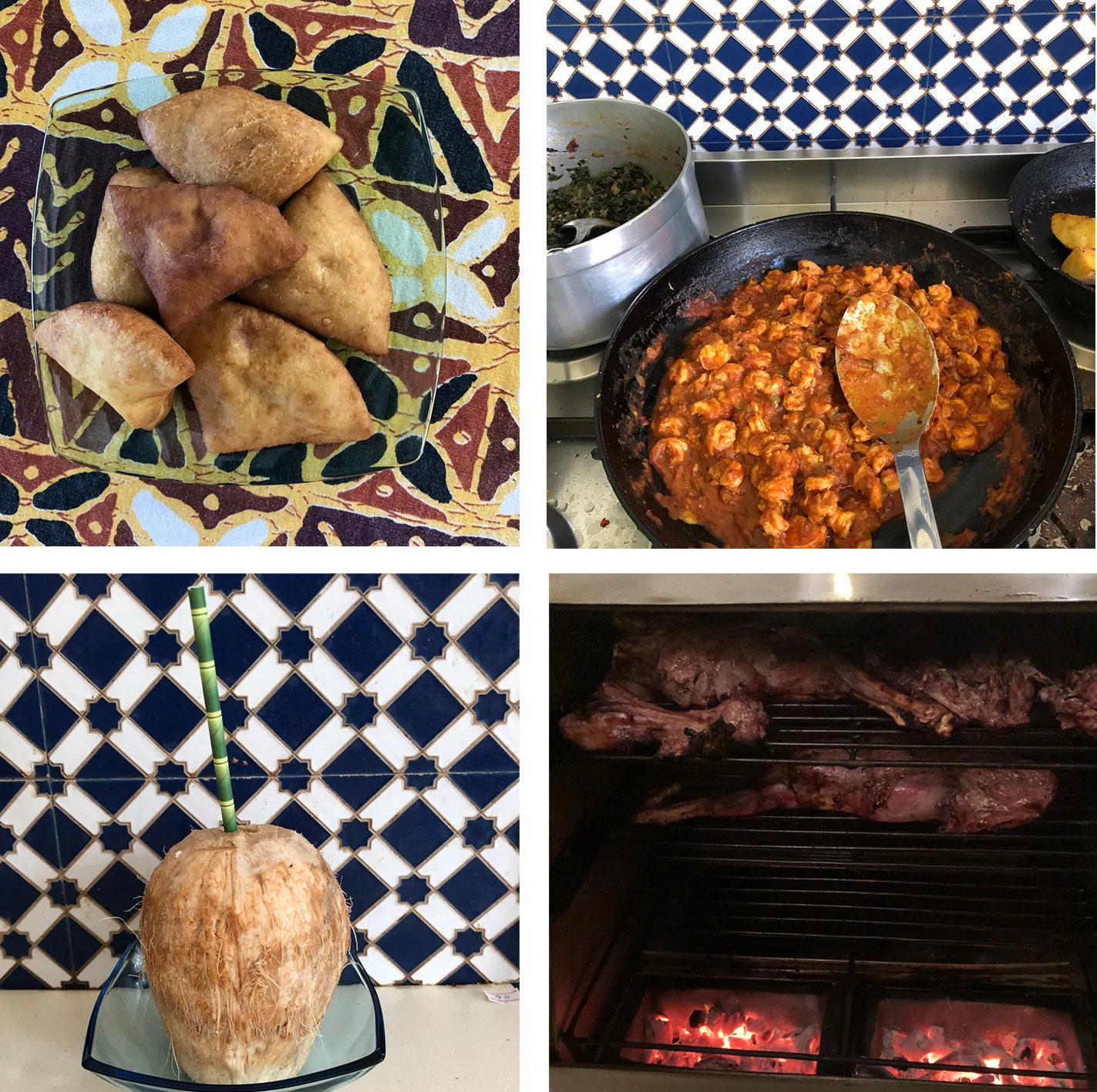
Let’s be frank – the coast of Kenya has suffered a seriously bad rap over the past few years. But being a glass overflowing kind of girl (otherwise why would we have built Angama, for heaven’s sake?) I am going to move swiftly on and not dwell on all that gloom and doom. Just the names of Diani, Mombasa, Kilifi, Watamu, Malindi and Lamu are enough to send you packing your sarongs and Havaianas, putting on an indefinite Out of Office and staking your patch under a palm tree on an impeccable white beach fringing an equally impeccable turquoise ocean. Did I mention tropical forests, coral atolls, remote islands, secluded bays, creeks and mangrove forests? And whilst I am at it should I comment on the ingredients that make up the best of Swahili cuisine: coconut, chilli, cardamom, turmeric, cinnamon, cloves, ginger and coriander? Fresh crab, linefish-of-the-day, prawns, seafood paellas and crayfish thrown on the barbeque?
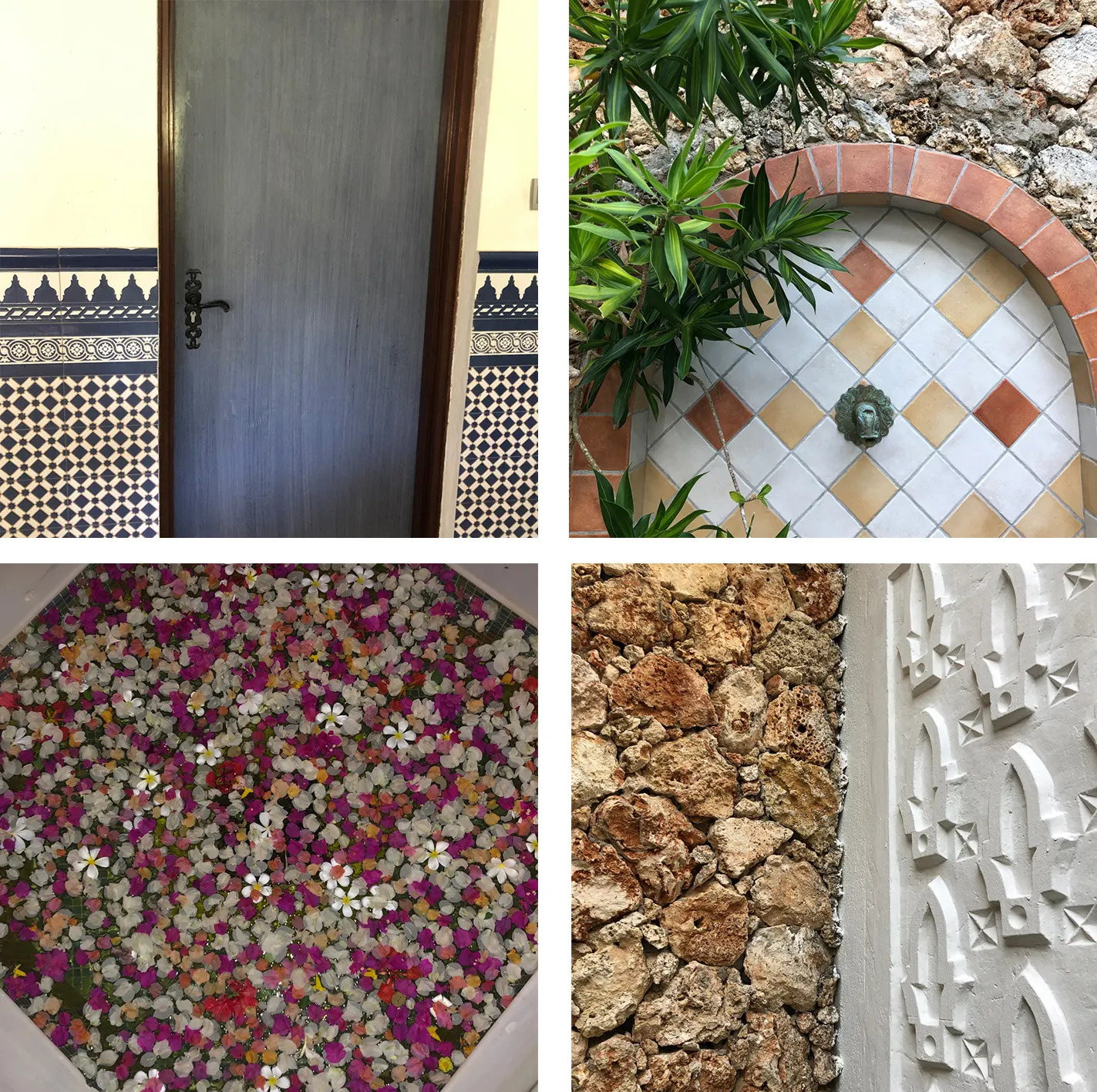
And if it’s history that blows your skirt up then consider this: sometime during the first millennium, Arab traders sailed their way south in dhows during the monsoon, kicking off a brisk trade with coastal inhabitants in ivory, gold, slaves and timber. Arab-Swahili states sprung up from Mozambique Island in the south to lovely Lamu in the north and these important centres traded goods between the Kenyan interior and Arabia, Persia and China. Try this for size: in the early 1400s, Emperor Yongle of China received as a gift a giraffe brought all the way from Malindi. Vasco da Gama sailed into Mombasa in 1498 and 200 years of Portuguese rule followed. Fort Jesus notwithstanding, the Omanis sent the Portuguese packing in 1730 and settled in until British rule replaced them in 1895.

So back to my purpose of this story and what have I discovered on my coastal travels? Starting in the south at Diani Beach we stayed at Alfajiri Villas which Kate covered in her story here. My second foray was to Watamu Beach, more specifically the gorgeous private home of dear friends, Bahari House on Mida Creek. Designed by the famous architectural pair, Sbish Trzebinski and Tibor Gaal, whose work up and down the coast of Kenya over a 40-year span set the standard for Swahili style, Bahari House could be tucked into a secret cove on the coast of Oman. Biki and Wangui Kangwana were our charming hosts and all the images used in this story were taken during my stay with them.

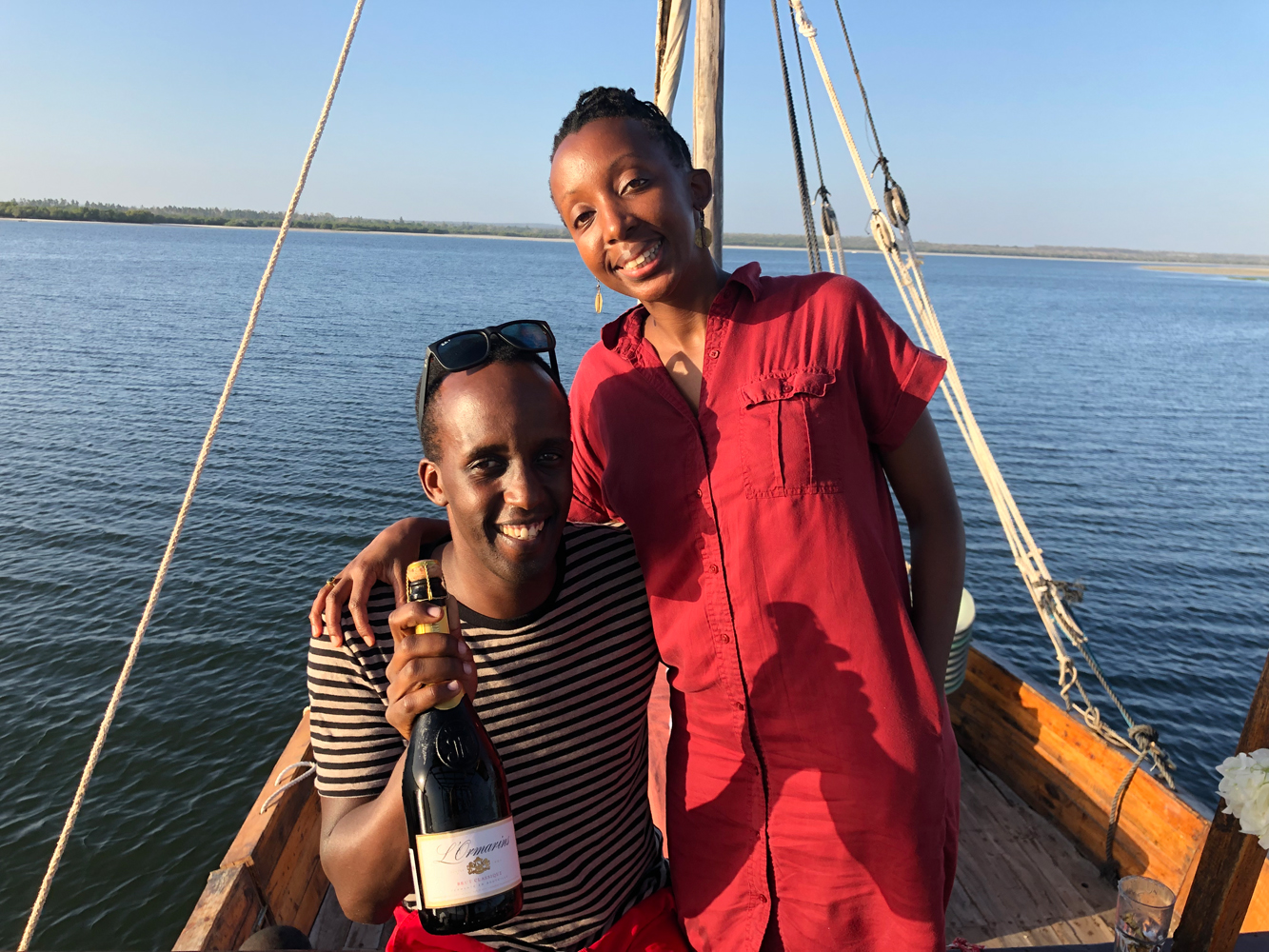

If you have a memoir to write, a lover to escape with or simply a desperate need to drop off the edge of the world, please send Biki an email and head to Bahari House. You will thank me.
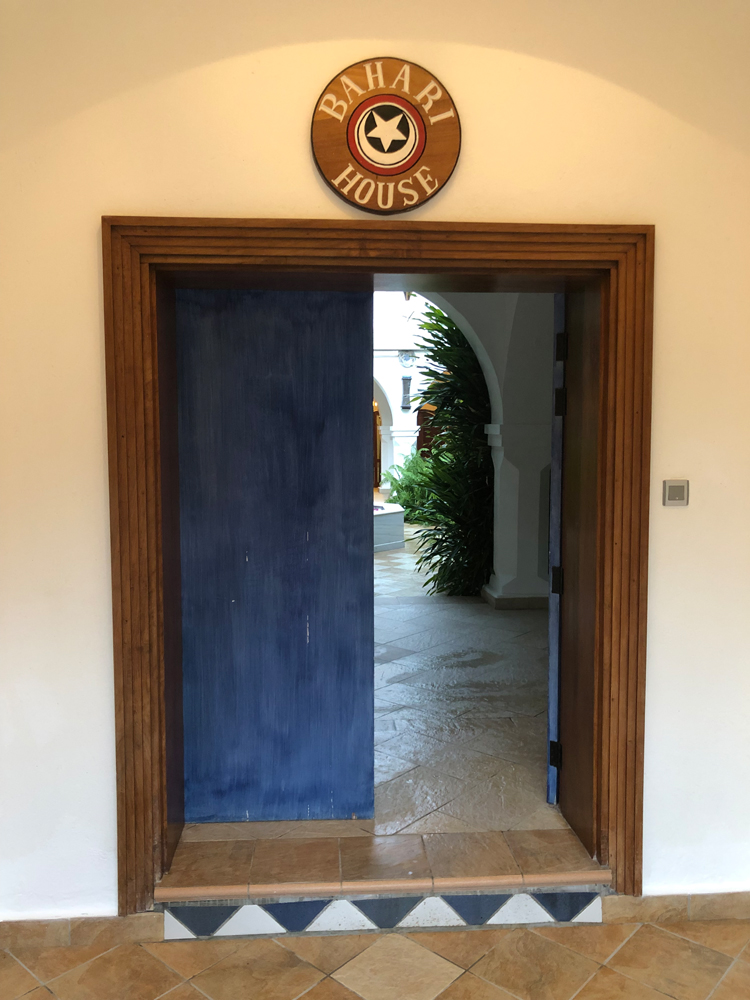
Note from the Editor:
Please drop me an email on [email protected] if you would like to get in touch with Biki about Bahari House. I would be delighted to introduce you.
TAGGED WITH: Kenyan Coast, East Africa, Travel East Africa, Lamu, Swahili Coast, East of Angama, Angama Travel



COMMENTS (2)
Karin
April 30, 2019I just love your beautiful stories as you transport me vicariously to these special places.
REPLYNicky Fitzgerald
May 1, 2019Thank you Karin – there’s nothing better than a Kenyan Bush N Beach combo 🙂
REPLY